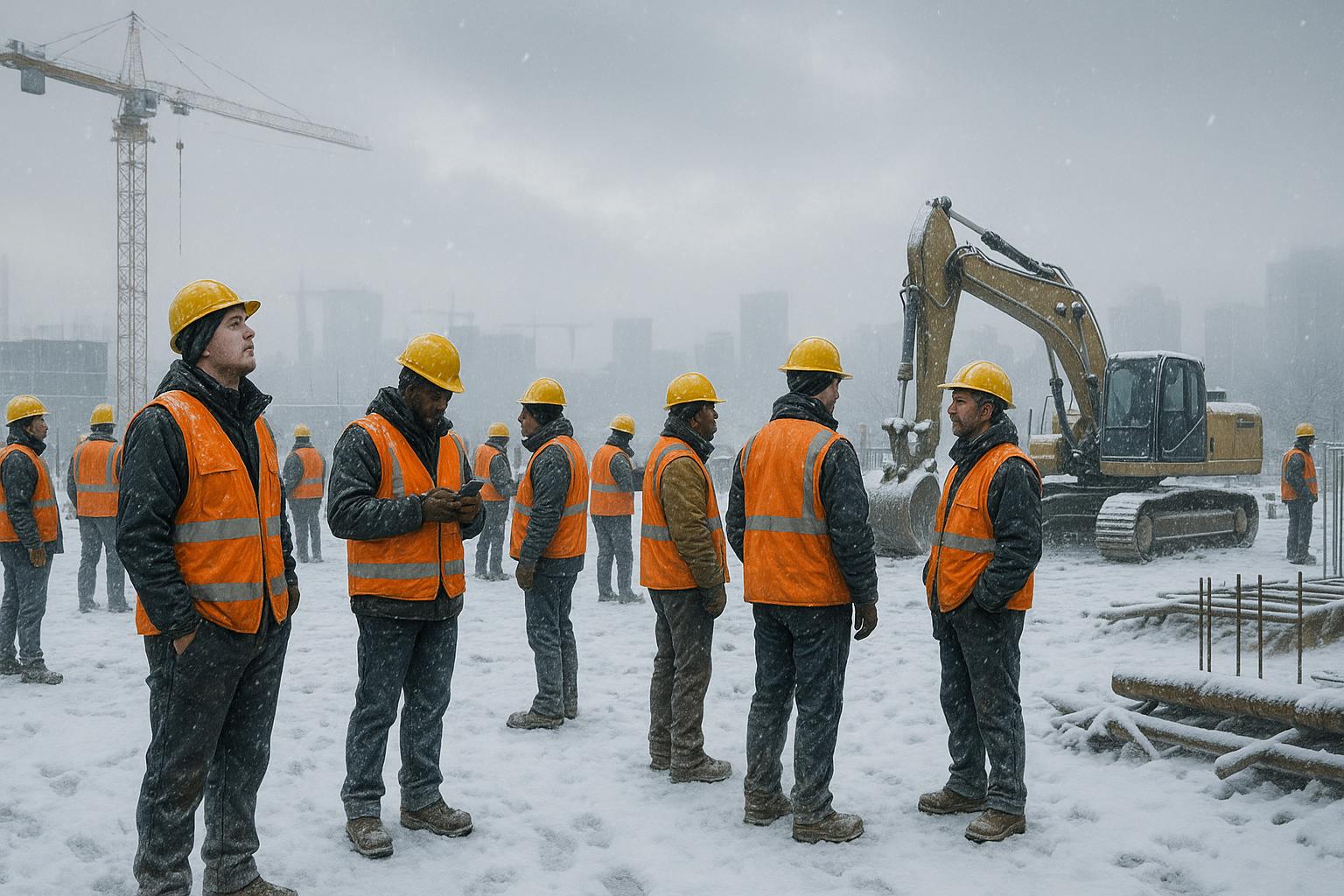Fall prevention and protection are critical components of workplace safety, and training plays a crucial role in establishing safe work practices. This article examines the importance of training in fall prevention and protection, emphasizing its role in equipping workers with the knowledge and skills necessary to mitigate fall hazards. It explores key training topics, effective training methods, and the benefits of investing in comprehensive fall prevention and protection training programs.
The Importance of Training in Fall Prevention and Protection
Training is essential in ensuring that workers understand the risks associated with falls and are equipped to prevent and protect against them. Here are some reasons why training is crucial in fall prevention and protection:
- Risk Awareness: Training raises awareness about fall hazards, their consequences, and the importance of adhering to safety measures. It helps workers recognize potential fall risks in their work environment and encourages a proactive approach to fall prevention.
- Knowledge and Skills: Through training, workers acquire the knowledge and skills necessary to identify fall hazards, select and use appropriate fall protection equipment, and implement safe work practices. This empowers them to actively participate in preventing falls and protecting themselves and their colleagues.
- Compliance with Regulations: Training ensures that workers understand and comply with relevant safety regulations, including OSHA standards. Compliance not only prevents accidents and injuries but also protects organizations from legal consequences and penalties.
- Continual Improvement: Training fosters a culture of continual improvement by providing opportunities for workers to learn about new technologies, best practices, and emerging trends in fall prevention and protection. It enables organizations to stay updated with the latest safety advancements and adapt their practices accordingly.
Key Training Topics
Effective training programs should cover a range of key topics related to fall prevention and protection. Some important training topics include:
- Fall Hazard Identification: Workers should be trained to identify fall hazards in their work environment, such as unprotected edges, slippery surfaces, or unguarded openings. Training should emphasize the importance of conducting thorough site assessments and recognizing potential fall risks.
- Selection and Use of Fall Protection Equipment: Workers need to understand how to select and properly use fall protection equipment, such as harnesses, lanyards, anchors, and lifelines. Training should cover equipment inspection, fitting, adjustment, and the correct techniques for connecting and anchoring.
- Fall Prevention Strategies: Training should focus on proactive fall prevention strategies, such as implementing guardrails, safety nets, or warning systems. Workers should learn about the importance of maintaining a clean and organized work area, using barricades, and following safe work practices to prevent falls from occurring.
- Rescue and Emergency Response: Workers should receive training on rescue procedures and emergency response in the event of a fall or a fall-related incident. This includes training on proper techniques for administering first aid, performing rescues, and providing assistance while awaiting professional help.
Effective Training Methods
To maximize the effectiveness of fall prevention and protection training, organizations can employ various methods:
- Interactive Training Sessions: Conduct interactive training sessions that engage participants through discussions, case studies, and hands-on exercises. This promotes active learning and allows workers to apply their knowledge in realistic scenarios.
- Demonstrations and Simulations: Use demonstrations and simulations to visually illustrate proper techniques for using fall protection equipment, identifying fall hazards, and implementing safety measures. This enhances understanding and retention of the training material.
- Online and E-Learning Modules: Utilize online platforms and e-learning modules to provide convenient and accessible training opportunities. These modules can include interactive quizzes, videos, and virtual simulations to enhance engagement and knowledge retention.
- On-the-Job Training: Supplement formal training with on-the-job training, where experienced workers mentor and guide new employees in fall prevention and protection practices. This allows for practical application of knowledge and skills in real work situations.
Benefits of Comprehensive Fall Prevention and Protection Training
Investing in comprehensive fall prevention and protection training programs offers several benefits:
- Reduced Accidents and Injuries: Well-trained workers are better equipped to prevent falls and protect themselves and their colleagues. This leads to a reduction in accidents, injuries, and associated costs, enhancing overall workplace safety.
- Improved Compliance: Proper training ensures that workers understand and comply with safety regulations, reducing the risk of non-compliance and potential legal consequences.
- Enhanced Safety Culture: Comprehensive training promotes a strong safety culture within the organization. Workers who receive adequate training are more likely to prioritize safety, communicate hazards effectively, and actively participate in maintaining a safe work environment.
- Increased Efficiency and Productivity: When workers are confident in their fall prevention and protection skills, they can perform their tasks more efficiently. This increases productivity and reduces work disruptions caused by accidents or the need for corrective actions.
- Positive Reputation: Organizations that prioritize comprehensive fall prevention and protection training demonstrate a commitment to worker safety. This contributes to a positive reputation among employees, clients, and stakeholders, attracting top talent and potential business opportunities.
Training plays a crucial role in establishing safe work practices and preventing falls in the workplace. By raising risk awareness, equipping workers with knowledge and skills, promoting compliance, and fostering a strong safety culture, comprehensive fall prevention and protection training programs contribute to a safer and more productive work environment. Organizations that invest in effective training demonstrate their commitment to worker safety, reduce accidents and injuries, and enhance overall organizational success.



